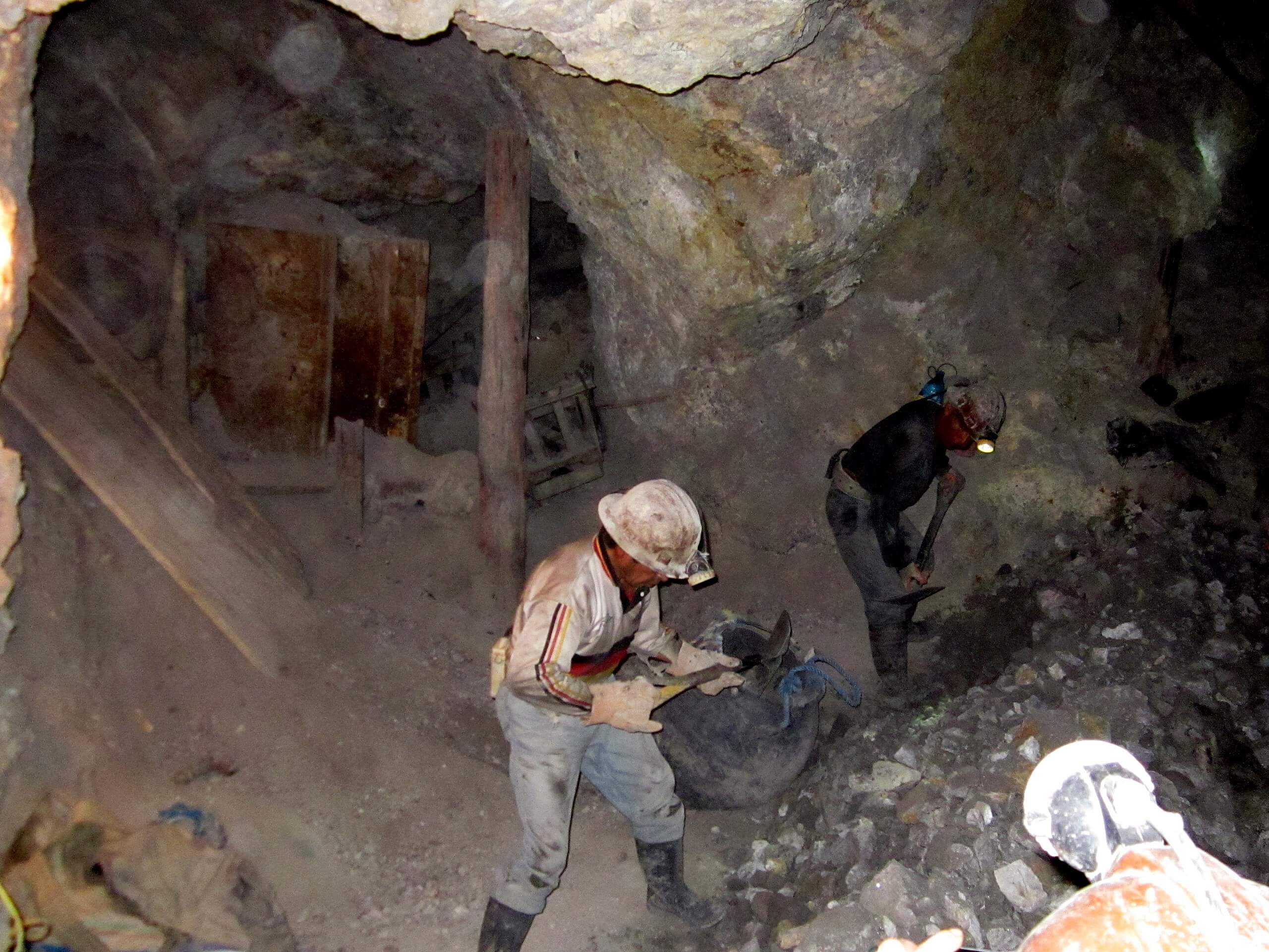Chinese mining companies are able to act intensively, extracting elements from the ground on a continuous basis, with an operational capacity that allows them to extend their activities permanently throughout the year. The effects of this activity have been experienced mainly at social and environmental levels, with deforestation and water pollution and scarcity being some of the major problems encountered in this context. Although Bolivia has a mining tradition, the scale of this activity has normally been small, operating mostly at the local level. The increase in mining activity by Chinese companies has therefore affected soil sustainability and ecosystems in the South American country.
As mentioned in the AFN Noticias report, these Chinese companies find a way to carry out these mining operations by hiding behind certain facades, running their operations covertly. Mining activities in Bolivia are usually carried out by registered cooperatives to support these businesses, and it as been estimated that approximately 99% of the gold in Bolivia is extracted by such cooperatives. The main problem is that private Chinese companies are often behind many of these cooperatives, and equipment belonging to Chinese companies has been found in the mining operation centers. The companies include China National Heavy Duty Truck Group Co, LiuGong, and Sany.
Top Headline:
Fides News Agency: El saqueo del oro boliviano: empresas chinas se esconden tras cooperativas mineras.
Find out more:
Infobae: Empresas chinas se esconden tras cooperativas mineras para saquear el oro boliviano.
Observatory of Mining Conflicts in Latin America (OCMAL): El avance silencioso de China sobre Bolivia.

